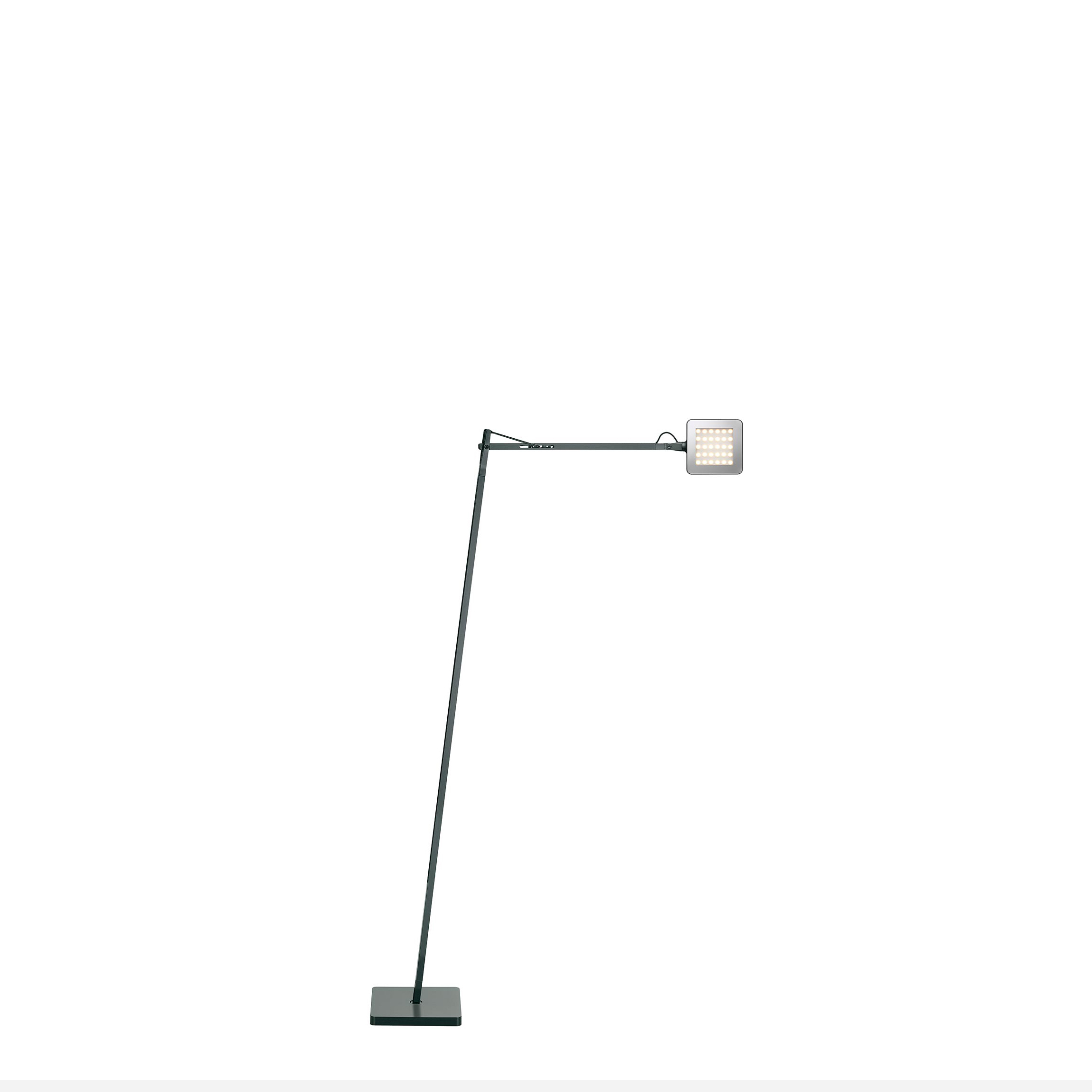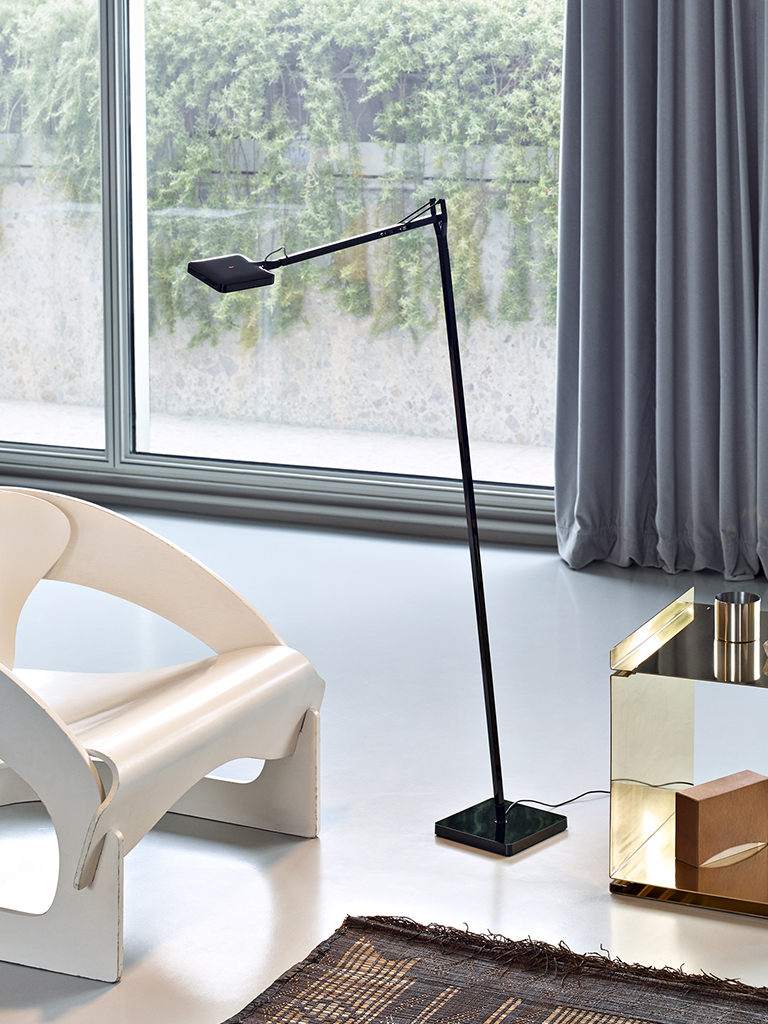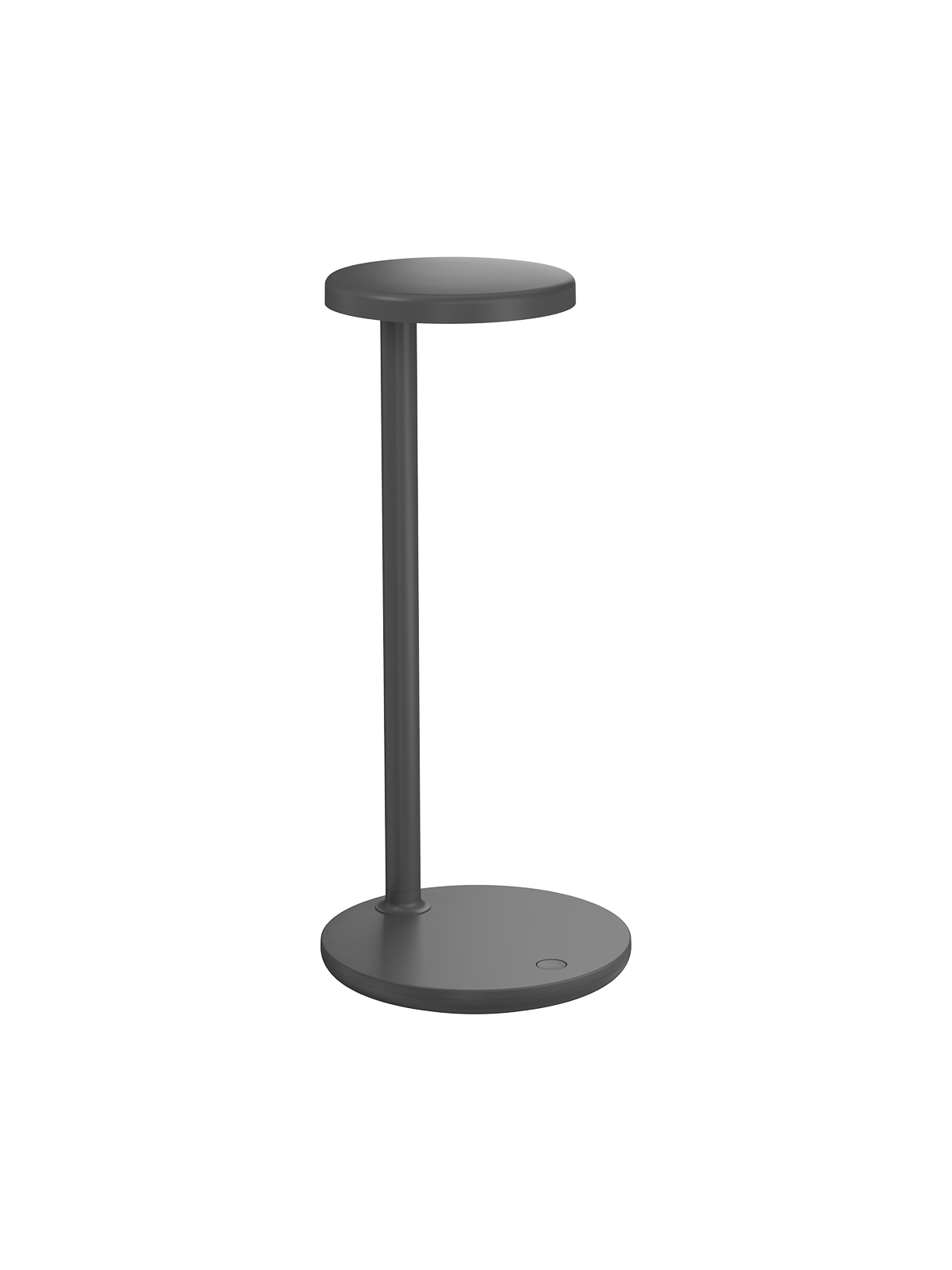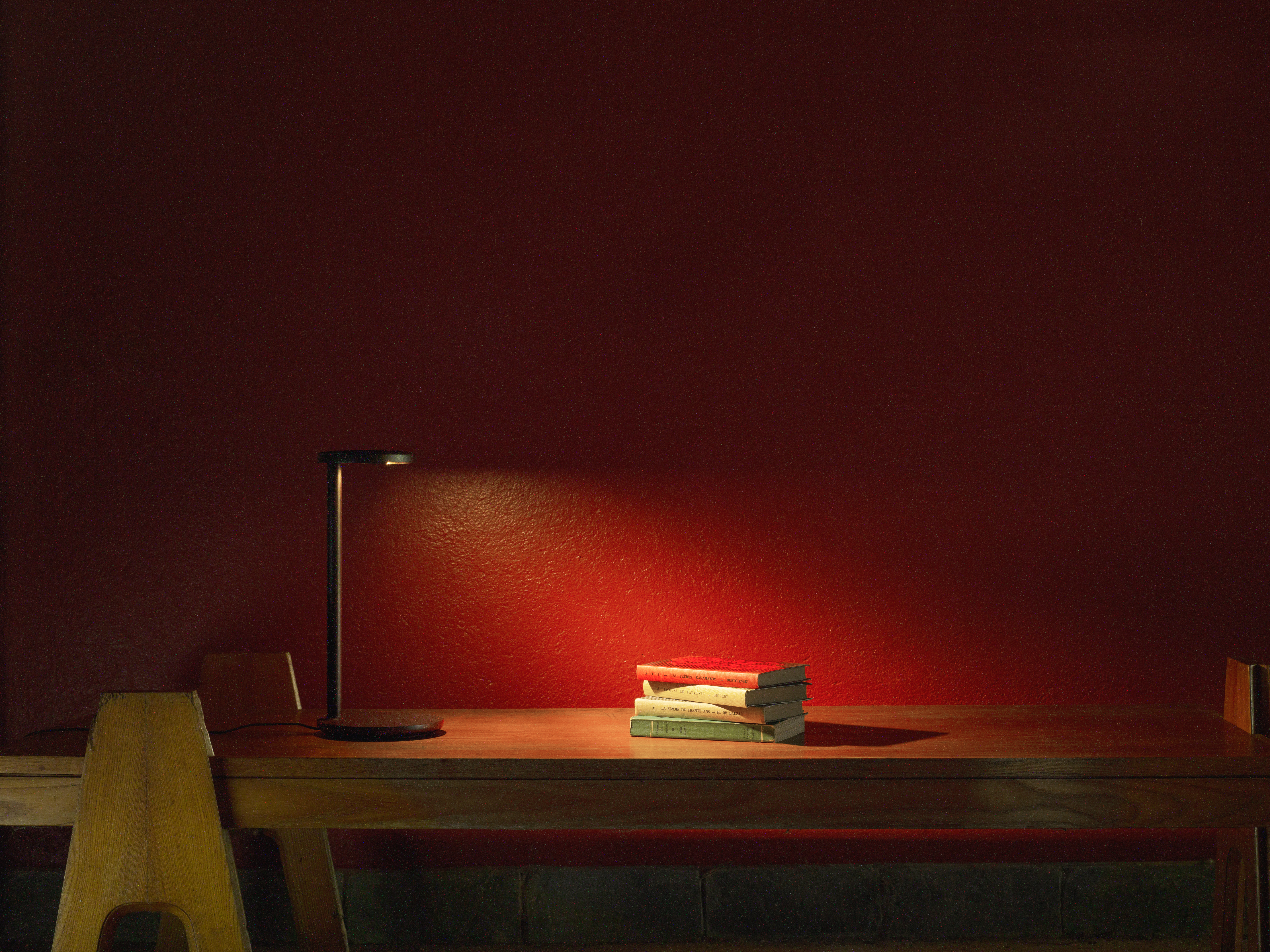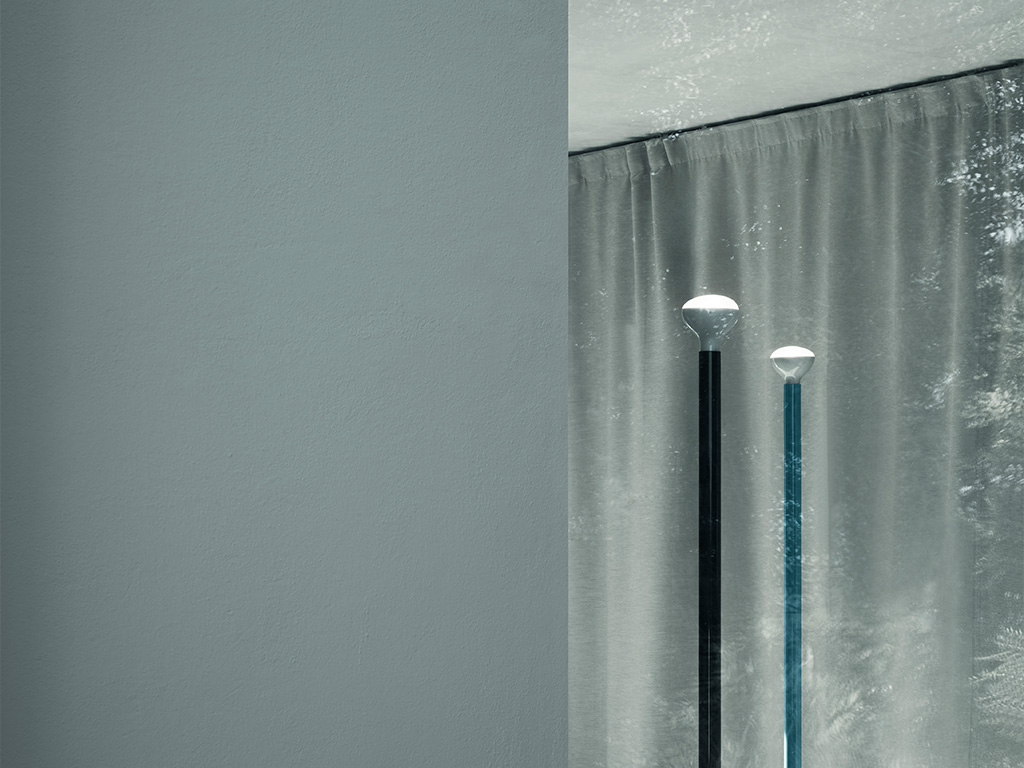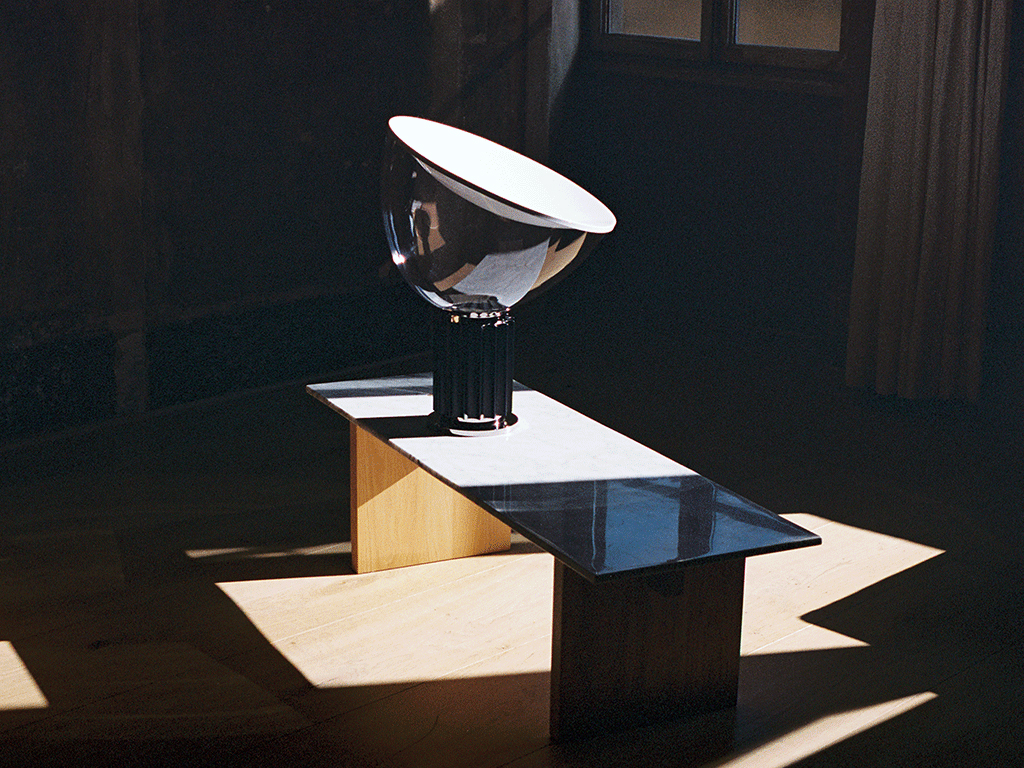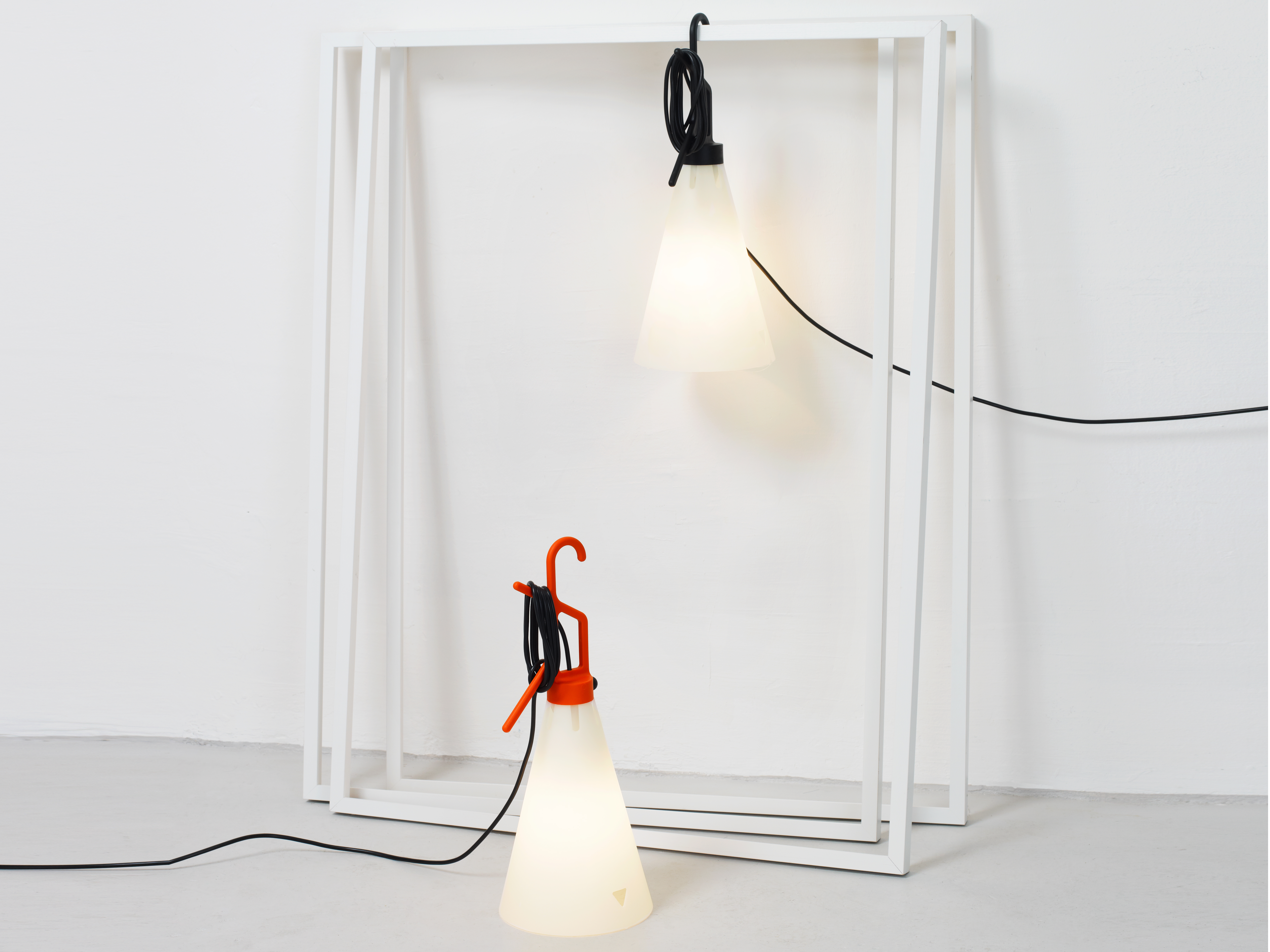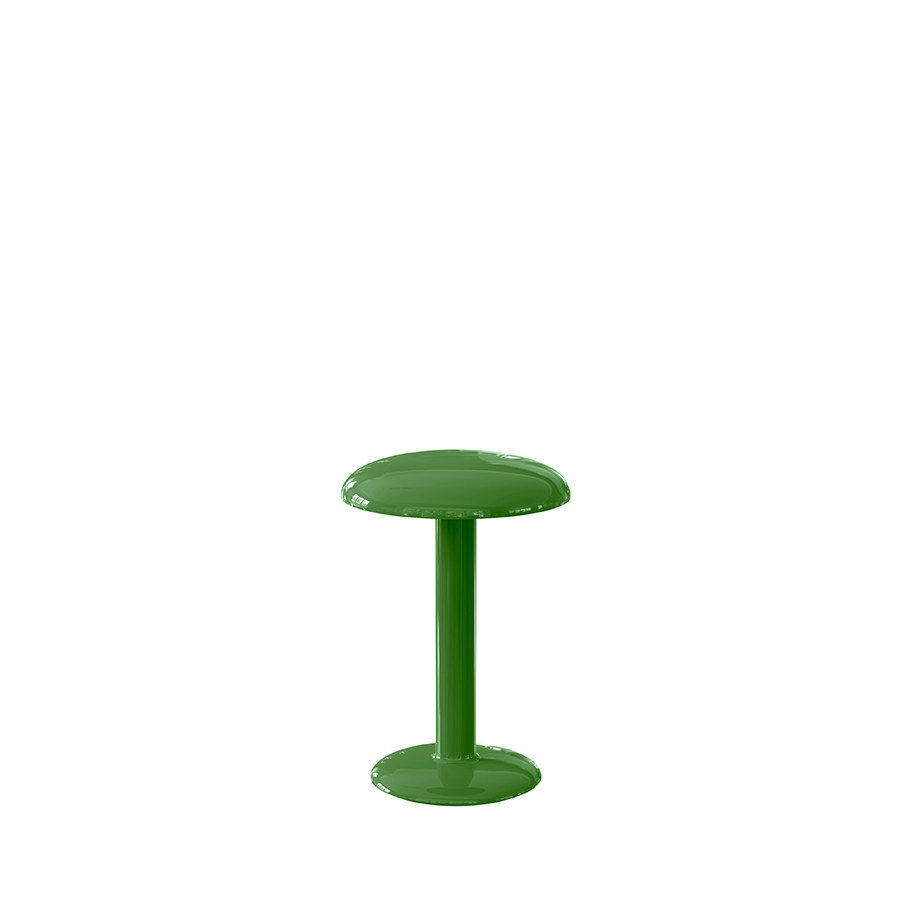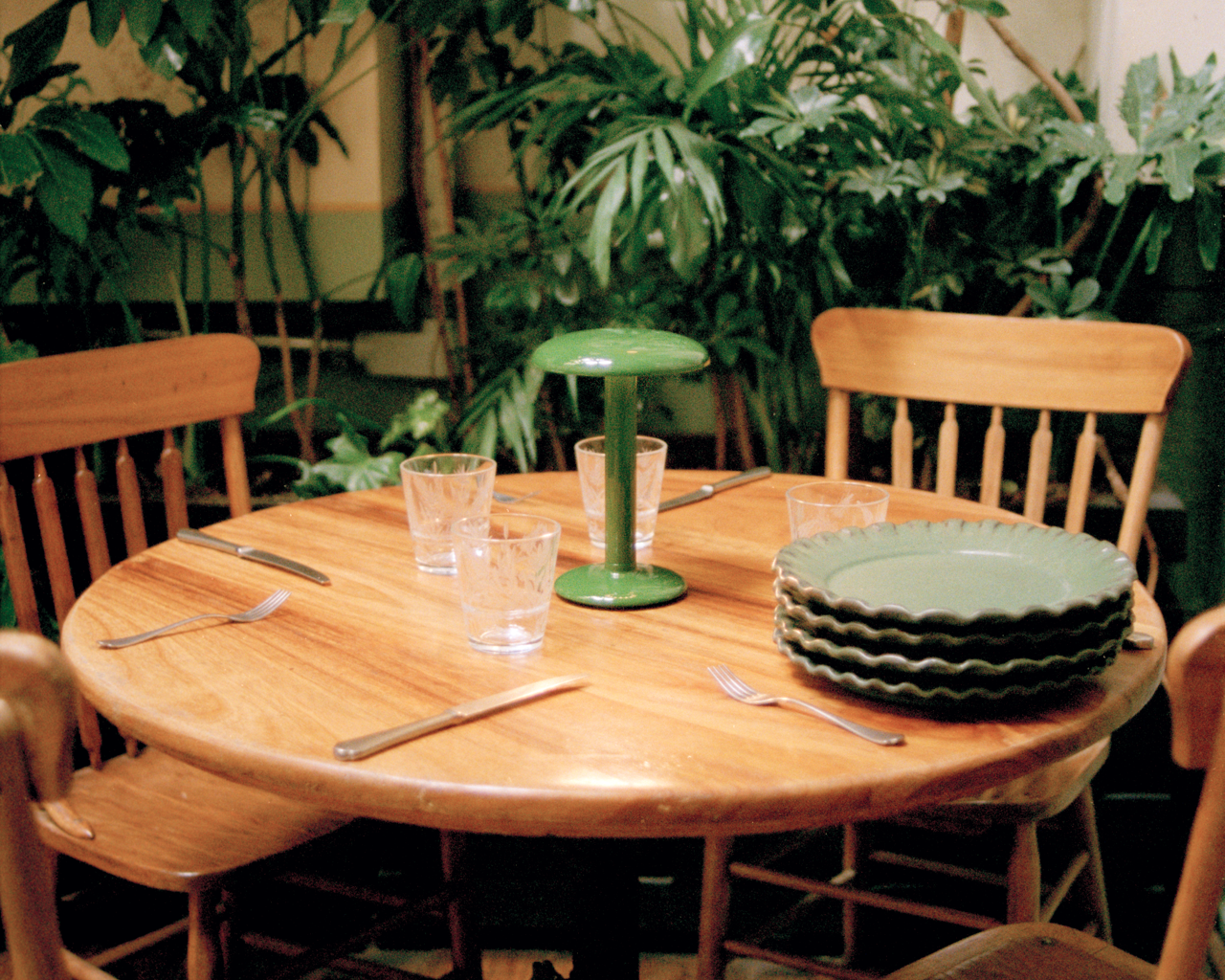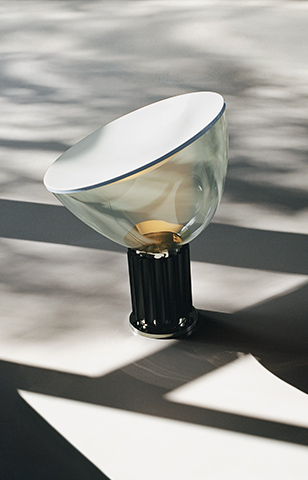LED Answers: Color Temperature


LED technology has come a long way in the past few years. While the benefits of LED are apparent energy efficiency, longer life, and lower heat generation – many are left scratching their heads when it comes to answering questions about the color temperature in LEDs. So much so that it may detract us from making the switch, in fear of the unknown. Here we lift the veil on the color temperature of LEDs giving you the tools to make the correct decision for your needs.
History of Kelvin
Measuring the hue of light started in the late 1800s when British physicist William Kelvin discovered the color change that occurred when he heated a block of carbon. Starting from a dim red, through shades of yellow and up to a bright blue at the hottest temperature. This discovery resulted in a scale named after Kelvin that measures the color of the light in relationship to the centigrade degrees that produces the color.


Correlate Color Temperature (CCT)
CCT is the color of light produced by a light source and uses the Kelvin measurement scale. CCT indicates whether a light appears more yellow – warm – or more blue – cool. A warm colored bulb often has a CCT of 3,000K while a cool white bulb commonly has a CCT of 4,100K or higher. Counter intuitively, the hotter the light, the cooler the color emitted.
Benchmarks to note include: 2800K is what we know to be a common incandescent light bulb, while direct sunlight is commonly 4800K.
Choosing the Right LED light on FLOS
Choosing the right LED light depends on the intended use of the lit space and personal preference. Cooler white light with a color temperature of 5500-6000K is best for functional spaces like classrooms and warehouses, while a warmer natural white light with a temperature of 4000-4500K is ideal for interiors with wooden accents. It's essential to understand the color temperature and its effects on the ambiance of the space.
Restaurants often require a lower color temperature to enhance ambiance. In addition to function and mood, the colors in the decor must be taken into consideration when selecting the appropriate light quality. Warm colors appear more vivid under warm white light, while cool white light brings out the vibrancy of blues and greens. If a room features a mix of colors, a neutral white light (4000-4500K) is ideal. Ultimately, the decision on light quality must be based on function and preference and understanding the meaning behind the color temperature numbers is a crucial step.





